Home>Construction & Tools>Building Materials>Water Coming Through Brick Wall When It Rains
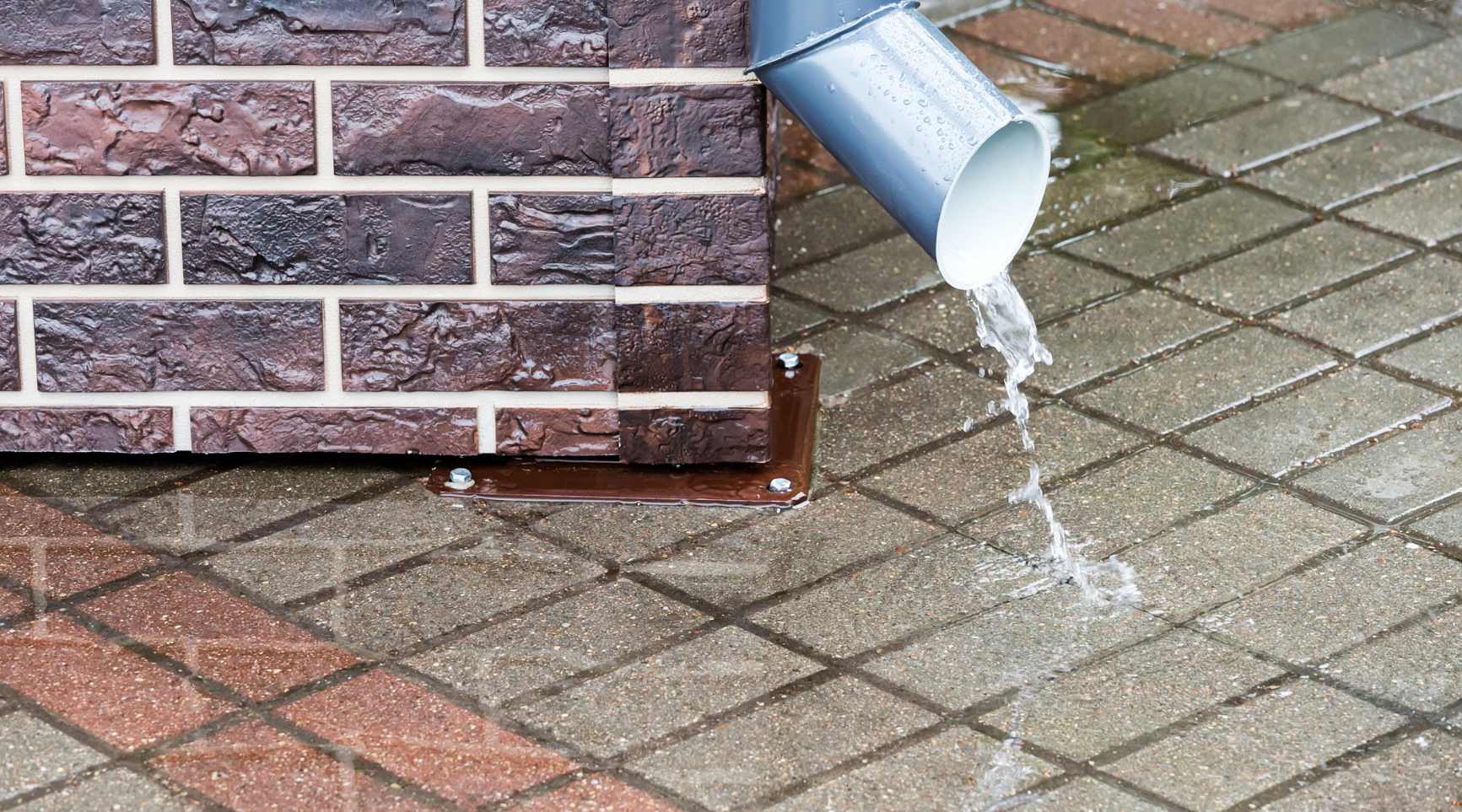

Building Materials
Water Coming Through Brick Wall When It Rains
Published: January 23, 2024
Protect your building materials from water damage with effective solutions. Learn how to prevent water from coming through your brick wall when it rains.
(Many of the links in this article redirect to a specific reviewed product. Your purchase of these products through affiliate links helps to generate commission for Storables.com, at no extra cost. Learn more)
Understanding Water Infiltration in Brick Walls
Introduction
Welcome to the world of brick walls, where the timeless charm of this building material meets the challenge of water infiltration. Have you ever noticed water seeping through your brick walls when it rains? If so, you're not alone. This issue can be a cause of concern for many homeowners and building managers. In this comprehensive guide, we will delve into the causes of water infiltration in brick walls, assess the potential damage it can cause, explore effective repair methods, and discuss preventive measures to keep your brick walls dry and resilient.
Brick walls have long been admired for their durability, aesthetic appeal, and thermal properties. However, they are not impervious to water intrusion. When water finds its way into the porous structure of bricks, it can lead to a range of problems such as efflorescence, mold growth, deterioration of mortar, and even structural damage. Understanding the underlying causes of water infiltration is crucial in addressing this issue effectively.
In the following sections, we will unravel the mysteries of water infiltration in brick walls, empowering you with the knowledge to identify, mitigate, and prevent this common problem. Let's embark on this journey to safeguard the integrity and longevity of your brick walls against the forces of nature.
Key Takeaways:
- Brick walls can let water in when it rains due to factors like porous bricks, deteriorated mortar, and blocked weep holes. This can cause damage like efflorescence, mold, and structural compromise.
- To fix and prevent water infiltration, repair methods like mortar repointing and waterproofing treatments can help. Regular inspections, proper drainage, and vegetation control are also important for keeping brick walls dry and strong.
Read more: How To Vent Through A Brick Wall
Understanding the Causes
Water infiltration in brick walls can be attributed to various factors, each playing a pivotal role in compromising the wall’s integrity. Understanding these causes is essential in devising effective solutions to prevent and address water intrusion issues.
Porous Nature of Bricks: Bricks, despite their solid appearance, are inherently porous. These microscopic pores allow water to penetrate the surface, especially under hydrostatic pressure or during heavy rainfall.
Deteriorated Mortar: The mortar joints between bricks are susceptible to erosion and degradation over time. Cracked or deteriorated mortar provides pathways for water to enter the wall assembly, exacerbating the infiltration issue.
Improper Flashing and Weep Holes: Inadequate or damaged flashing, as well as blocked weep holes, can impede proper drainage and ventilation within the wall system. This can lead to water accumulation and subsequent infiltration during rain events.
Capillary Action: Capillary action, driven by the cohesive and adhesive properties of water, enables moisture to move through the interconnected pore structure of bricks and mortar. This phenomenon can result in water seepage, especially in areas with prolonged exposure to moisture.
Cracking and Settlement: Structural movements, settlement, or the presence of cracks in the brick masonry can create entry points for water. These openings compromise the wall’s resistance to water infiltration, allowing it to permeate the interior spaces.
Vegetation and Organic Debris: Overgrown vegetation, such as ivy or bushes, can retain moisture against the brick wall, promoting deterioration and facilitating water ingress. Likewise, organic debris accumulation near the wall can trap moisture, contributing to infiltration issues.
By unraveling the underlying causes of water infiltration in brick walls, we gain insight into the vulnerabilities of these structures. In the subsequent sections, we will explore the potential damage resulting from water infiltration and delve into effective strategies for repair and prevention.
Assessing the Damage
Water infiltration in brick walls can inflict a range of detrimental effects, necessitating a thorough assessment of the resulting damage. Understanding the potential consequences is crucial in determining the extent of repairs required and formulating an effective remediation plan.
Efflorescence: One common indicator of water infiltration is the presence of efflorescence, a powdery white deposit that forms on the surface of bricks. This crystalline residue, comprised of soluble salts leached from the masonry, can mar the visual appeal of the wall and signal ongoing moisture-related issues.
Mold and Mildew Growth: Excessive moisture within the wall assembly can create an ideal environment for mold and mildew proliferation. These unsightly and potentially hazardous organisms not only compromise indoor air quality but also pose risks to the structural integrity of the wall materials.
Deterioration of Mortar and Bricks: Prolonged exposure to water can lead to the deterioration of mortar joints and bricks. The freeze-thaw cycle, exacerbated by water infiltration, can cause spalling, cracking, and crumbling of the masonry components, compromising the structural stability of the wall.
Interior Water Damage: Beyond the visible signs on the exterior, water infiltration can cause damage to interior finishes, such as paint, plaster, and drywall. Staining, warping, and peeling of these materials are indicative of water migration through the wall assembly.
Structural Compromise: In severe cases, prolonged water infiltration can compromise the structural integrity of the brick wall. The continuous exposure to moisture, combined with the effects of freeze-thaw cycles, can weaken the load-bearing capacity of the wall, posing safety hazards.
Assessing the damage resulting from water infiltration is a critical step in formulating an effective remediation strategy. By identifying the visible manifestations of water-related issues, from efflorescence to structural compromise, property owners and professionals can prioritize the necessary repairs and preventive measures to safeguard the longevity and resilience of the brick wall.
Check for cracks in the mortar and seal them with waterproof sealant. Consider applying a waterproofing membrane or coating to the exterior of the wall to prevent water penetration.
Repairing the Brick Wall
Addressing water infiltration in brick walls demands a systematic approach to repair the existing damage and fortify the structure against future moisture intrusion. From remedying visible deterioration to reinforcing the wall’s resistance to water ingress, effective repair methods are essential in restoring the wall’s integrity and functionality.
Mortar Repointing: Deteriorated or cracked mortar joints should be carefully repointed to restore their strength and cohesion. This process involves removing the damaged mortar and replacing it with a suitable mortar mix, ensuring a tight seal against water infiltration.
Brick Replacement: Severely damaged or deteriorated bricks may necessitate replacement to maintain the structural integrity of the wall. Careful removal and installation of new bricks, accompanied by proper sealing and jointing, are imperative in preventing water ingress at these vulnerable points.
Efflorescence Removal: The unsightly efflorescence deposits can be removed using appropriate cleaning methods to restore the visual appeal of the brick wall. Additionally, addressing the underlying moisture issues is crucial in preventing the recurrence of efflorescence.
Waterproofing Treatments: Applying specialized waterproofing coatings or sealants to the exterior surface of the brick wall can enhance its resistance to water infiltration. These treatments create a protective barrier, mitigating the impact of moisture and improving the wall’s durability.
Flashing and Weep Hole Maintenance: Ensuring the proper installation and maintenance of flashing components, along with clear weep holes, is essential in facilitating effective drainage and ventilation within the wall assembly. Addressing any deficiencies in these elements can prevent water accumulation and infiltration.
Professional Assessment and Repairs: For complex or extensive water infiltration issues, seeking the expertise of qualified masonry professionals is advisable. Their assessment and targeted repairs can effectively resolve underlying structural vulnerabilities and ensure the long-term resilience of the brick wall.
By employing these repair methods, property owners and maintenance professionals can effectively mitigate the damage caused by water infiltration and reinforce the brick wall’s ability to withstand future moisture challenges. In the subsequent section, we will explore proactive measures to prevent water infiltration, preserving the integrity and aesthetics of the brick wall for years to come.
Preventing Future Water Infiltration
Proactive measures are instrumental in fortifying brick walls against the persistent threat of water infiltration. By implementing preventive strategies, property owners can mitigate the risks associated with moisture intrusion and sustain the structural integrity and visual appeal of their brick masonry over time.
Regular Inspections and Maintenance: Conducting routine inspections of the brick wall, including mortar joints, flashing, and weep holes, enables early detection of potential vulnerabilities. Prompt maintenance and repairs can address minor issues before they escalate into significant water infiltration problems.
Proper Drainage Management: Maintaining effective drainage systems, such as gutters and downspouts, is crucial in directing water away from the brick wall. Adequate grading and landscaping measures should also be employed to prevent water accumulation near the structure.
Vegetation Control: Managing vegetation around the brick wall, including trimming overhanging branches and removing ivy or climbing plants, minimizes the retention of moisture and organic debris that can exacerbate water infiltration issues.
Application of Waterproofing Agents: Utilizing specialized waterproofing products, such as silane or siloxane-based sealers, can enhance the water repellency of the brick wall without compromising its breathability. These treatments form a protective barrier against moisture while allowing the wall to release trapped water vapor.
Professional Consultation and Upgrades: Seeking guidance from experienced masonry professionals can provide valuable insights into the optimization of the brick wall’s resistance to water infiltration. Upgrading flashing systems, integrating advanced drainage solutions, and implementing tailored waterproofing measures can bolster the wall’s long-term performance.
Educating Occupants and Maintenance Personnel: Promoting awareness among occupants and maintenance personnel regarding the importance of vigilant moisture management and the early signs of water infiltration fosters a proactive approach to preserving the brick wall’s integrity.
By embracing these preventive measures, property owners can proactively safeguard their brick walls against the detrimental effects of water infiltration. The combination of regular maintenance, strategic upgrades, and informed decision-making contributes to the longevity and resilience of the brick masonry, ensuring its enduring beauty and functionality for generations to come.
Frequently Asked Questions about Water Coming Through Brick Wall When It Rains
Was this page helpful?
At Storables.com, we guarantee accurate and reliable information. Our content, validated by Expert Board Contributors, is crafted following stringent Editorial Policies. We're committed to providing you with well-researched, expert-backed insights for all your informational needs.
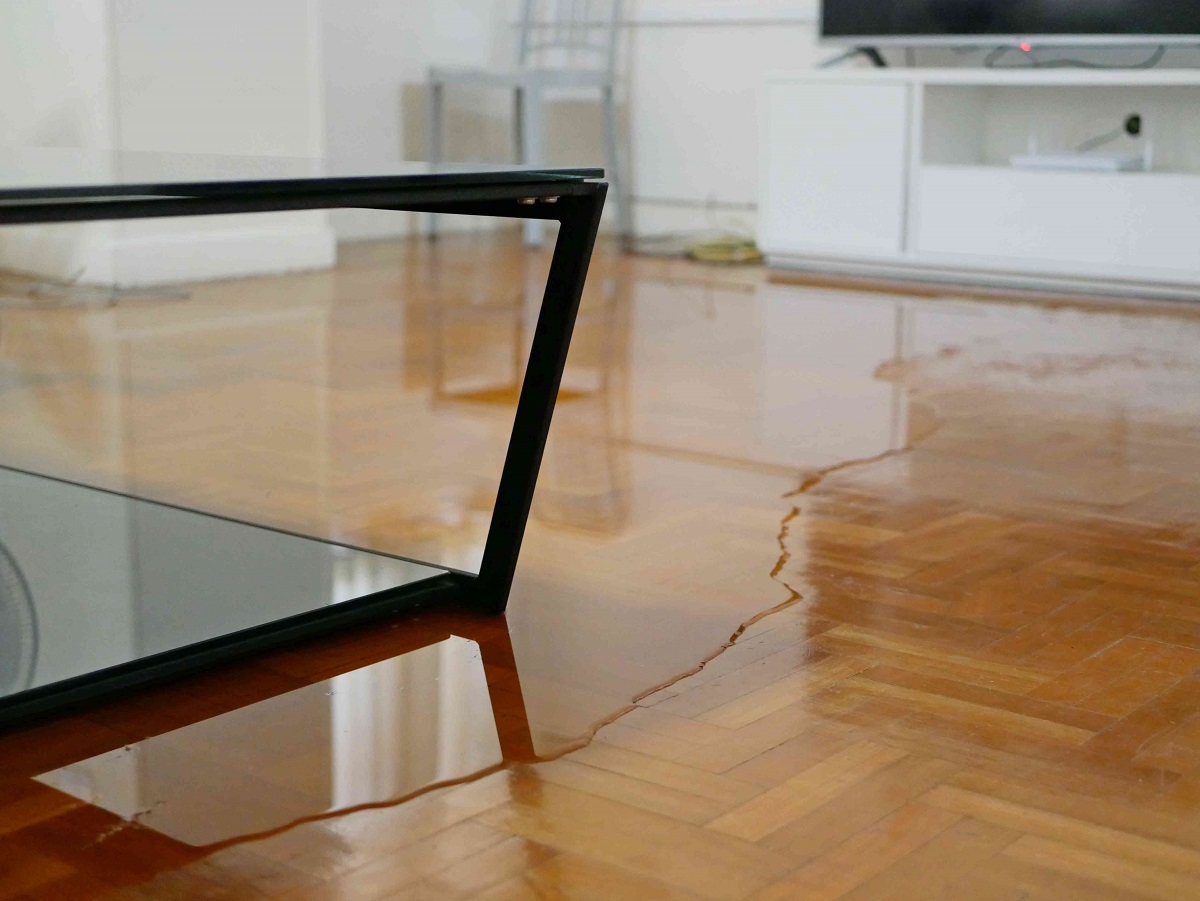
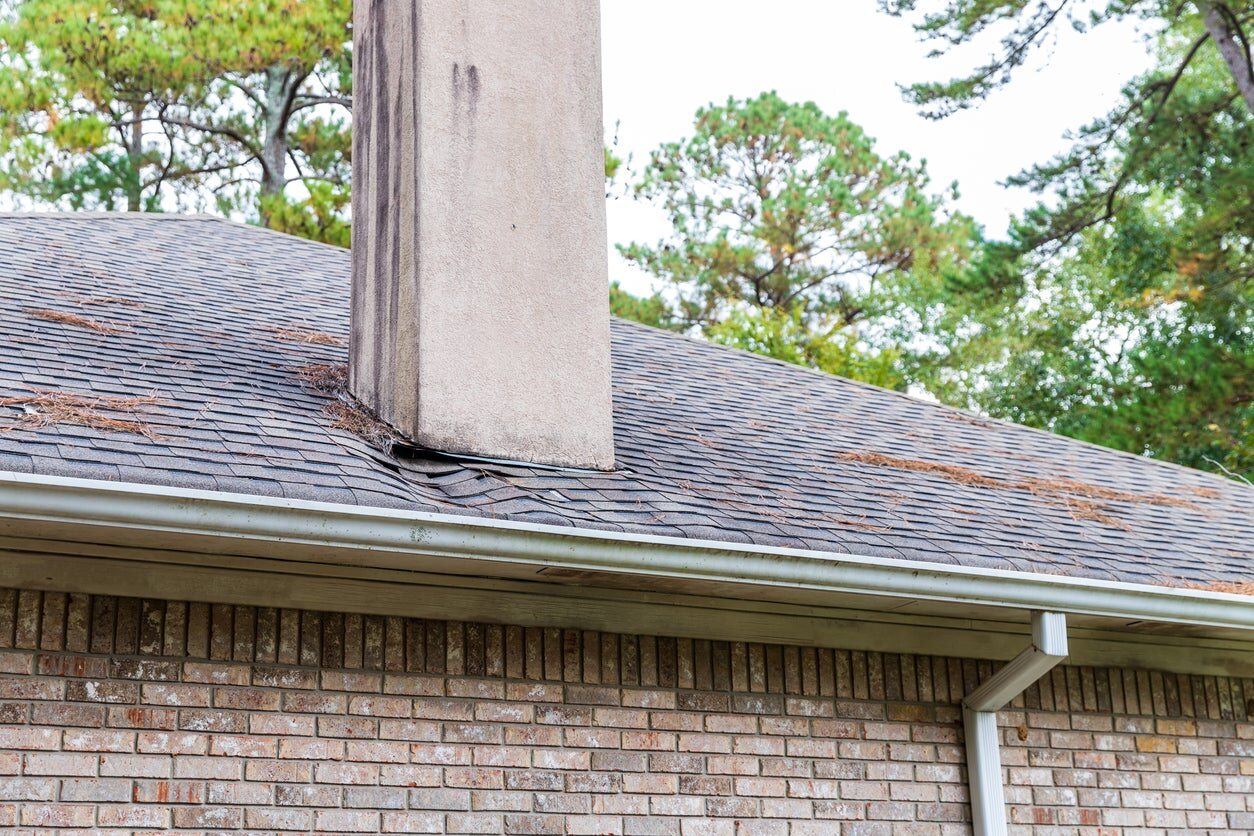
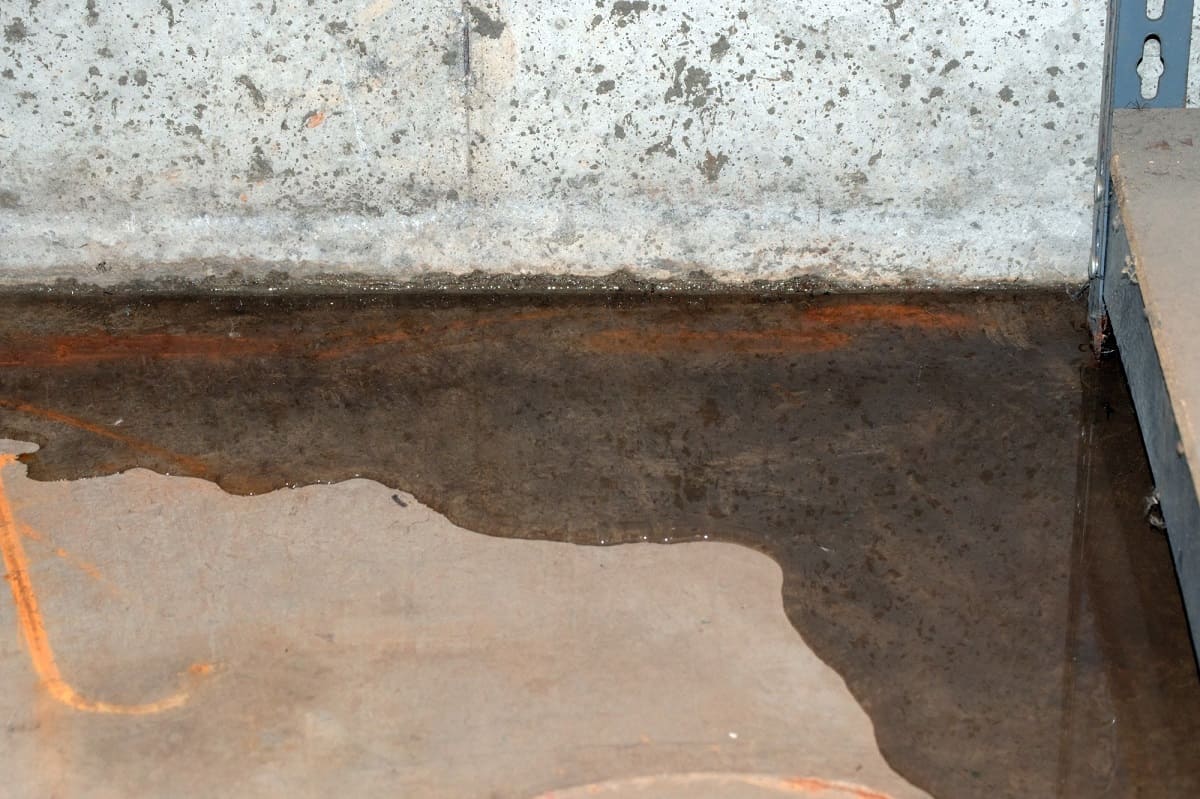
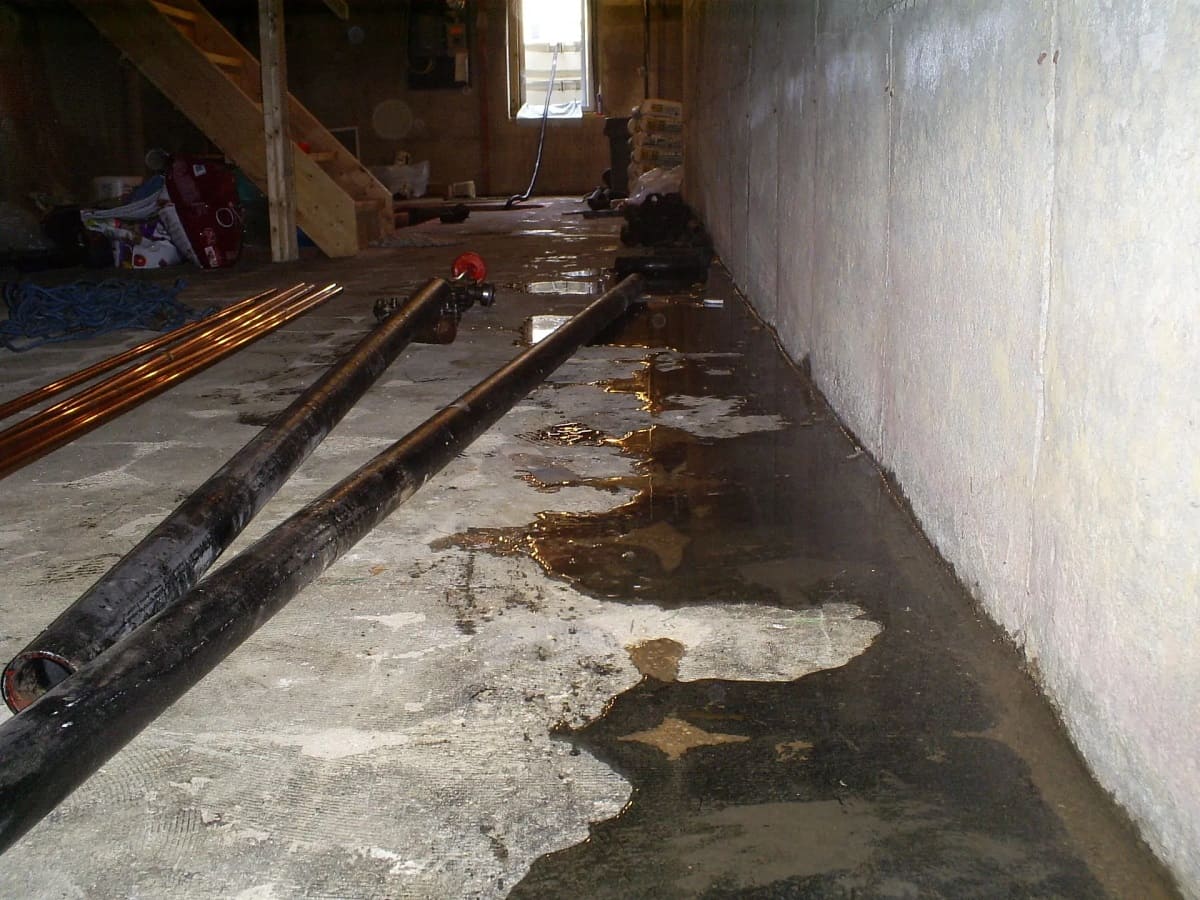
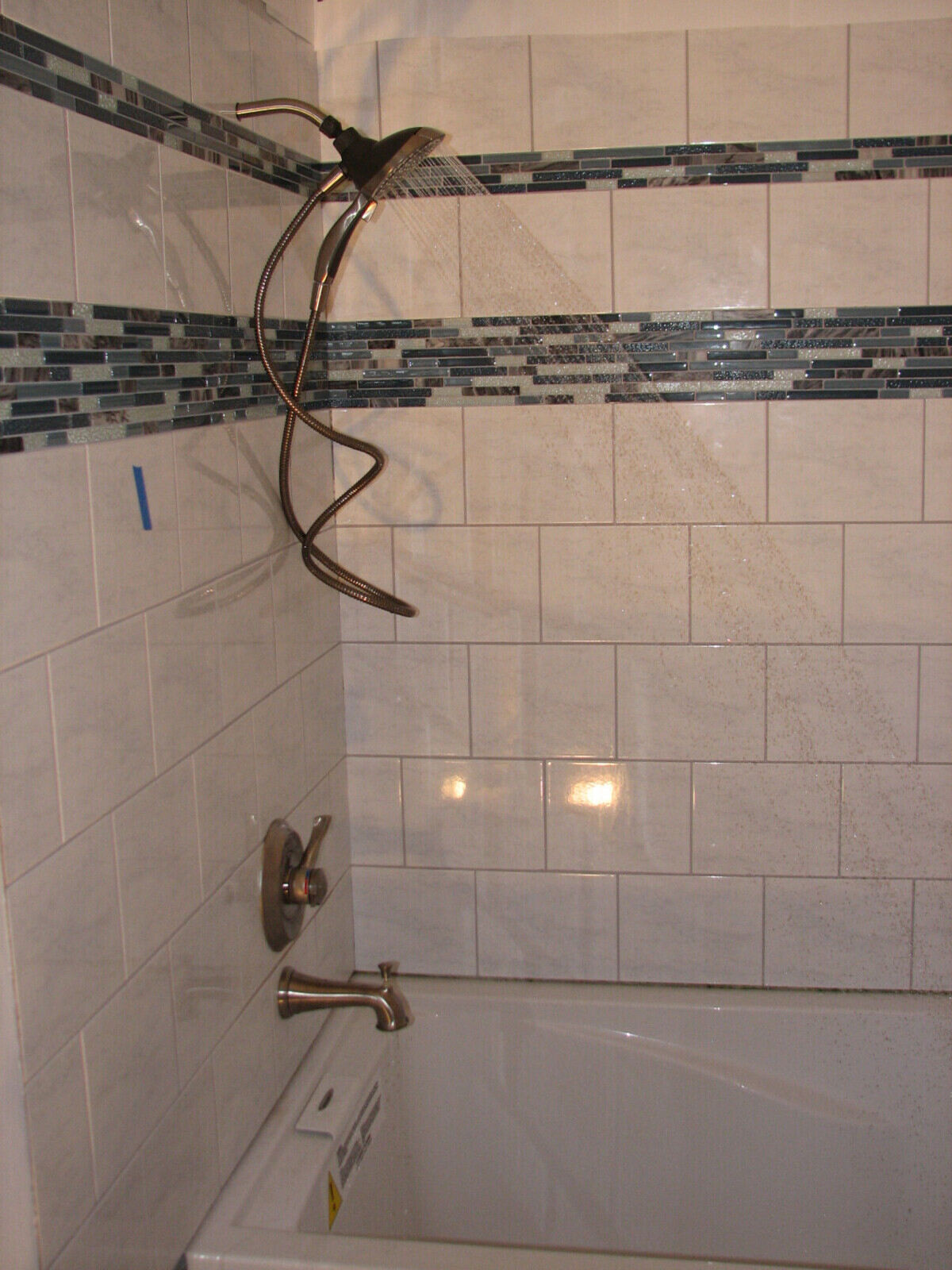
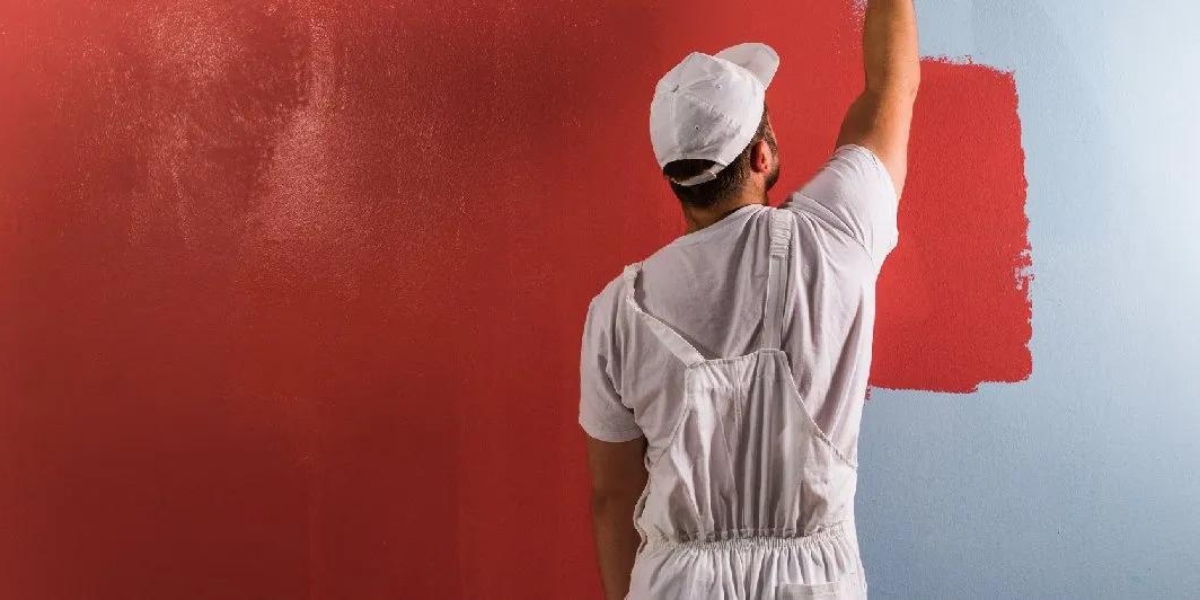
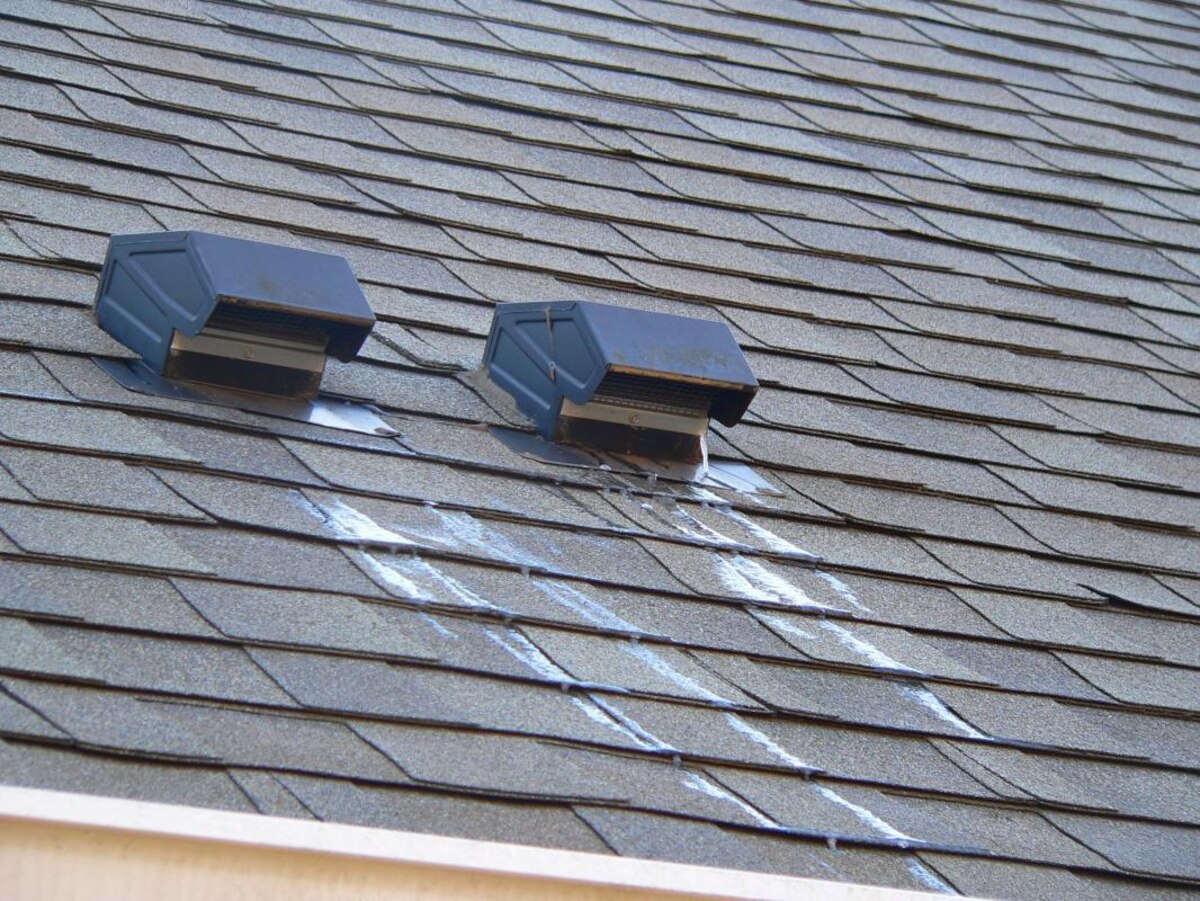
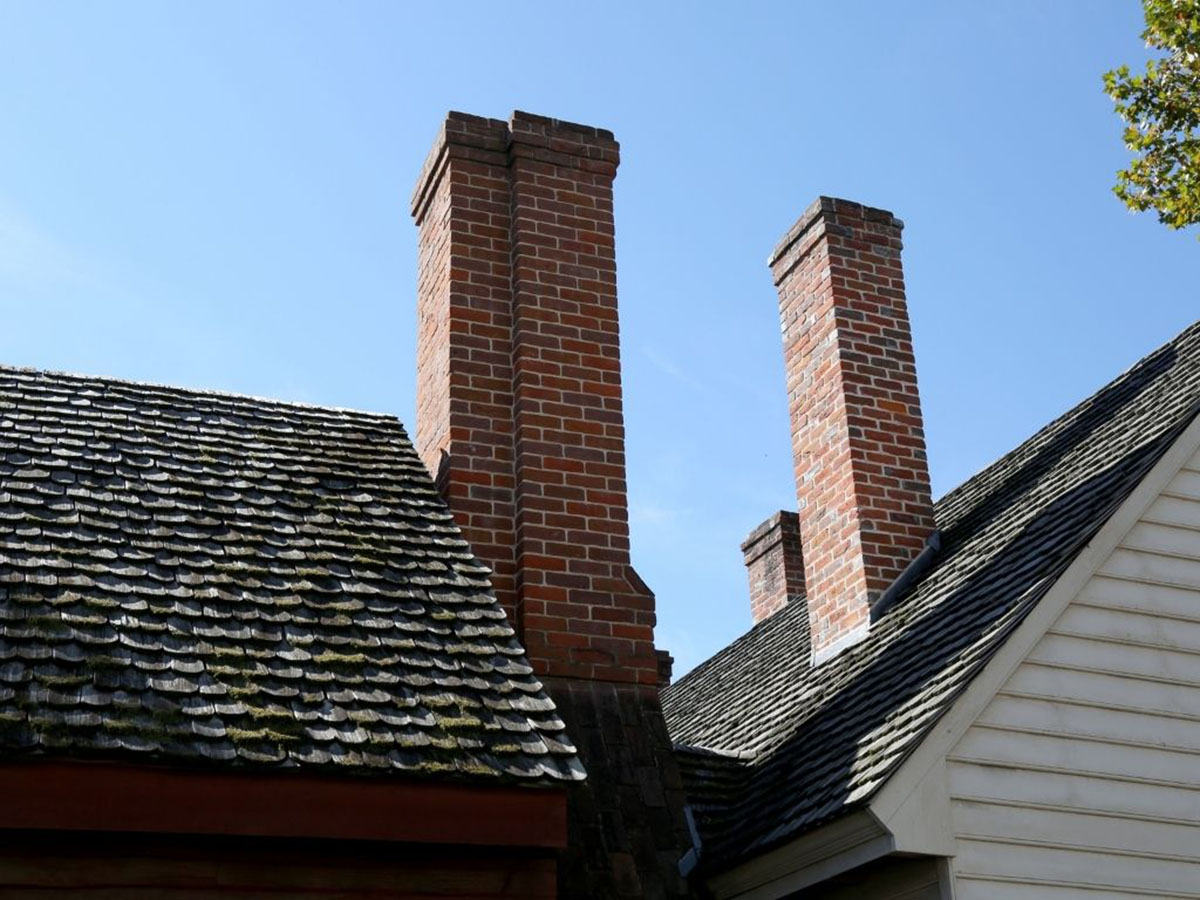
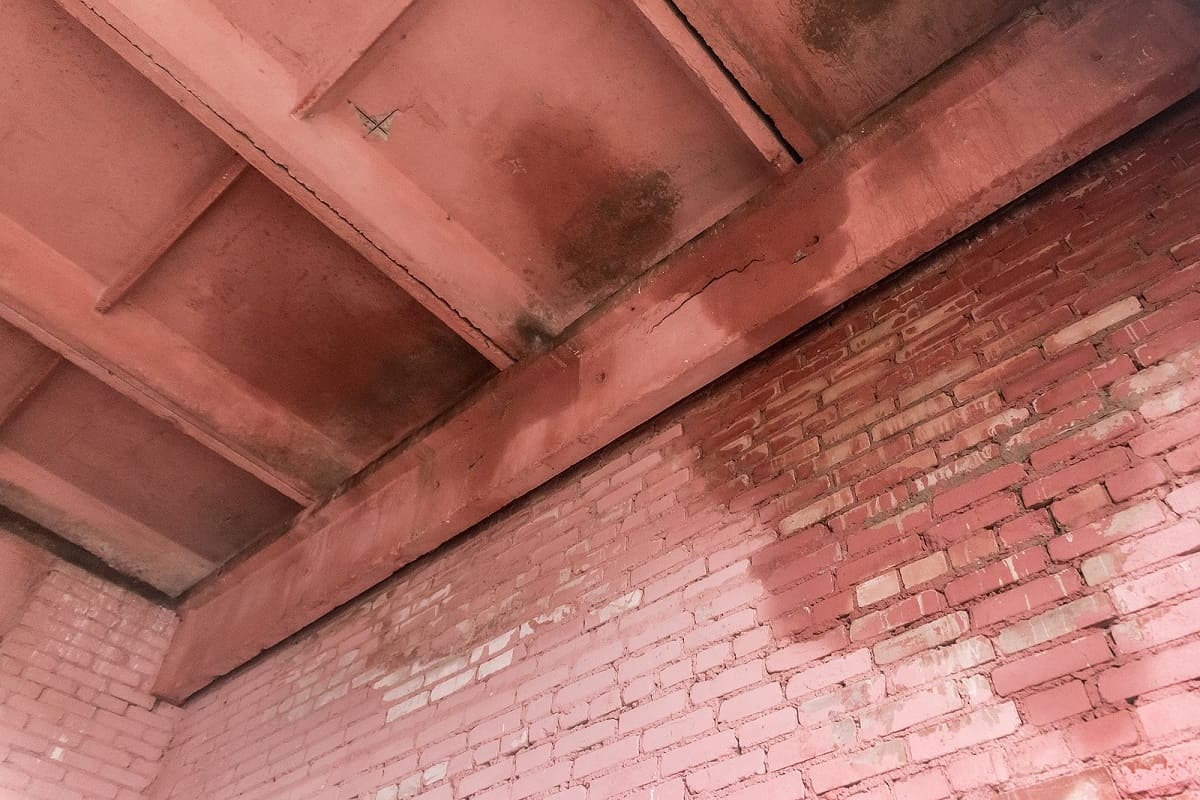
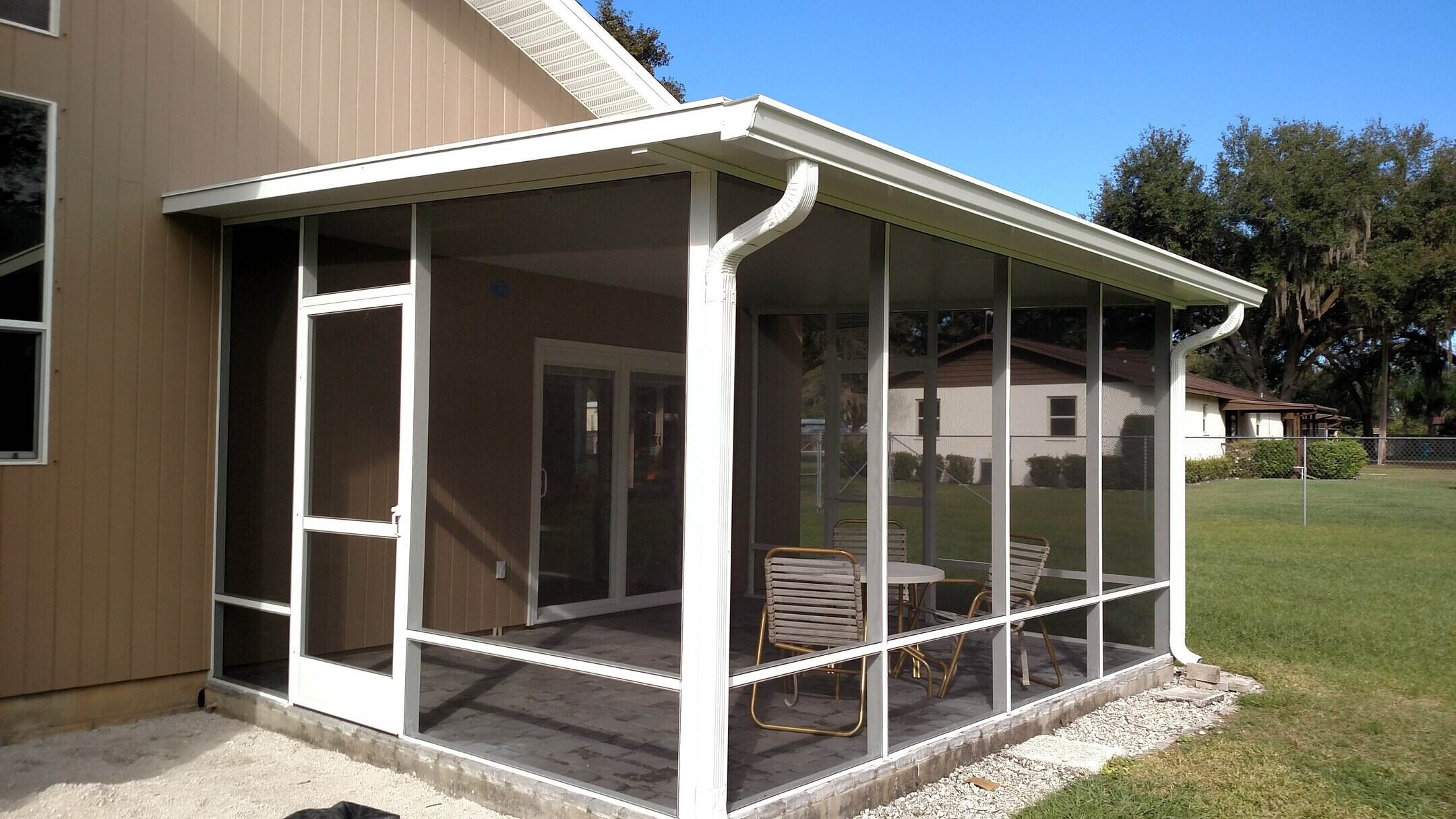
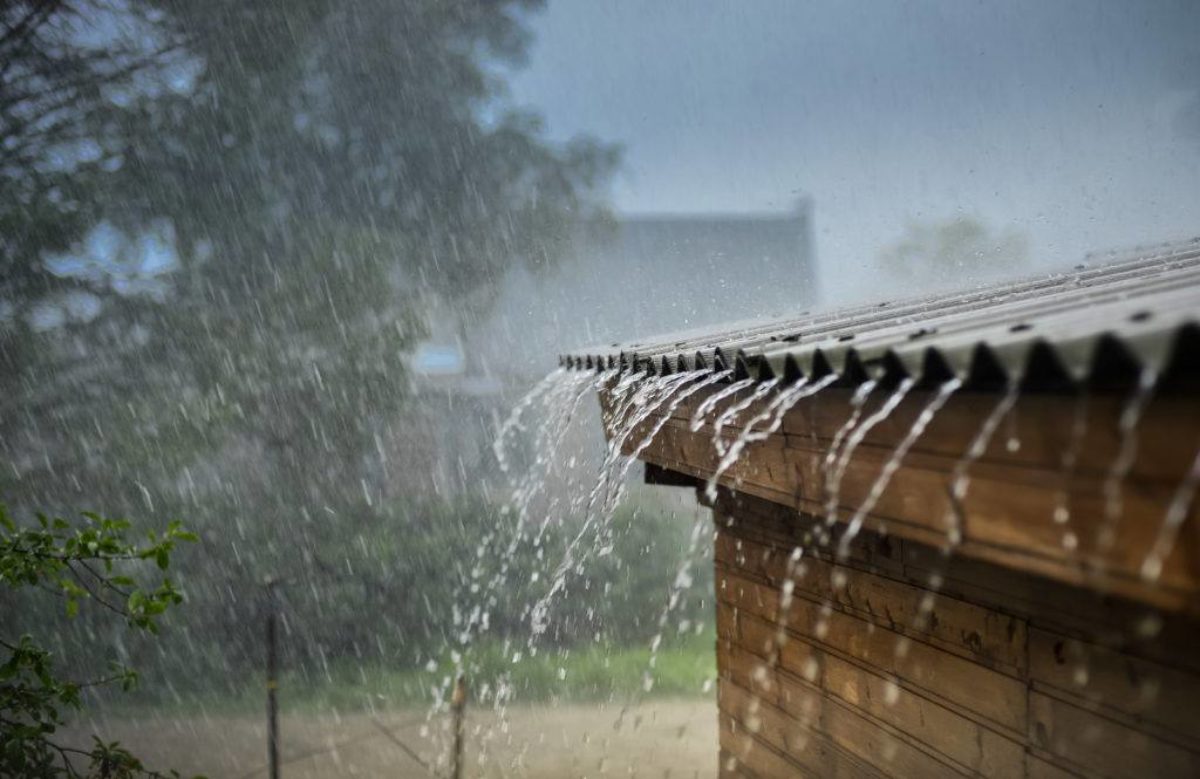
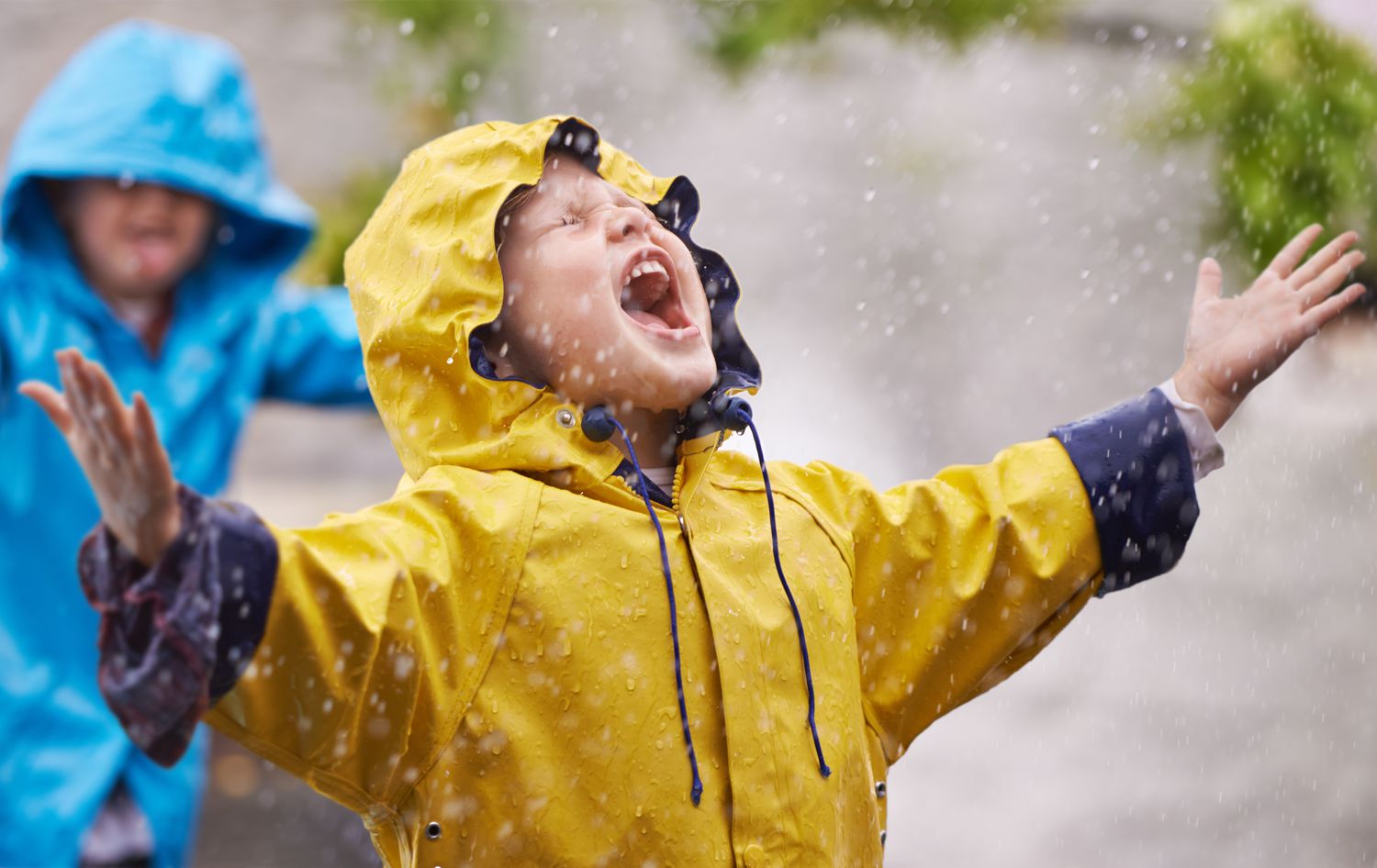
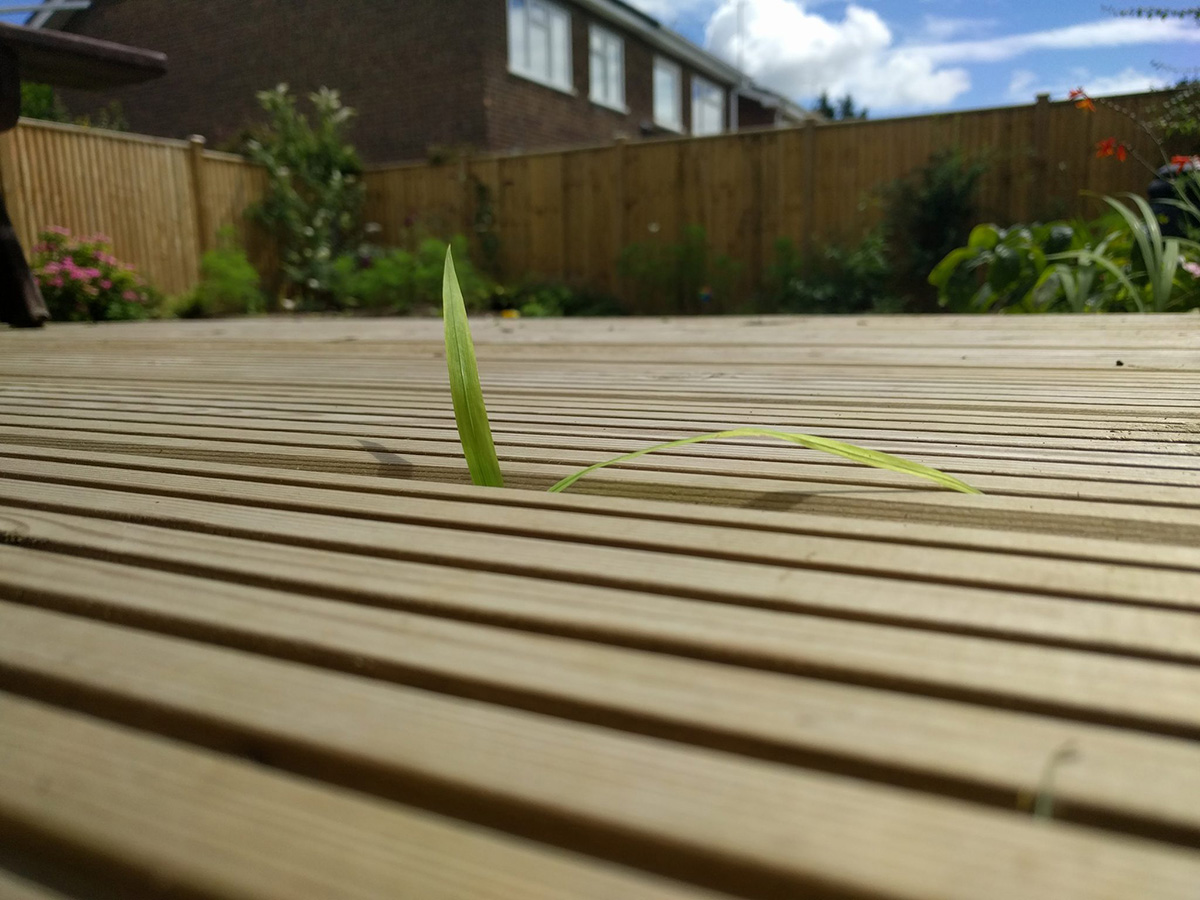
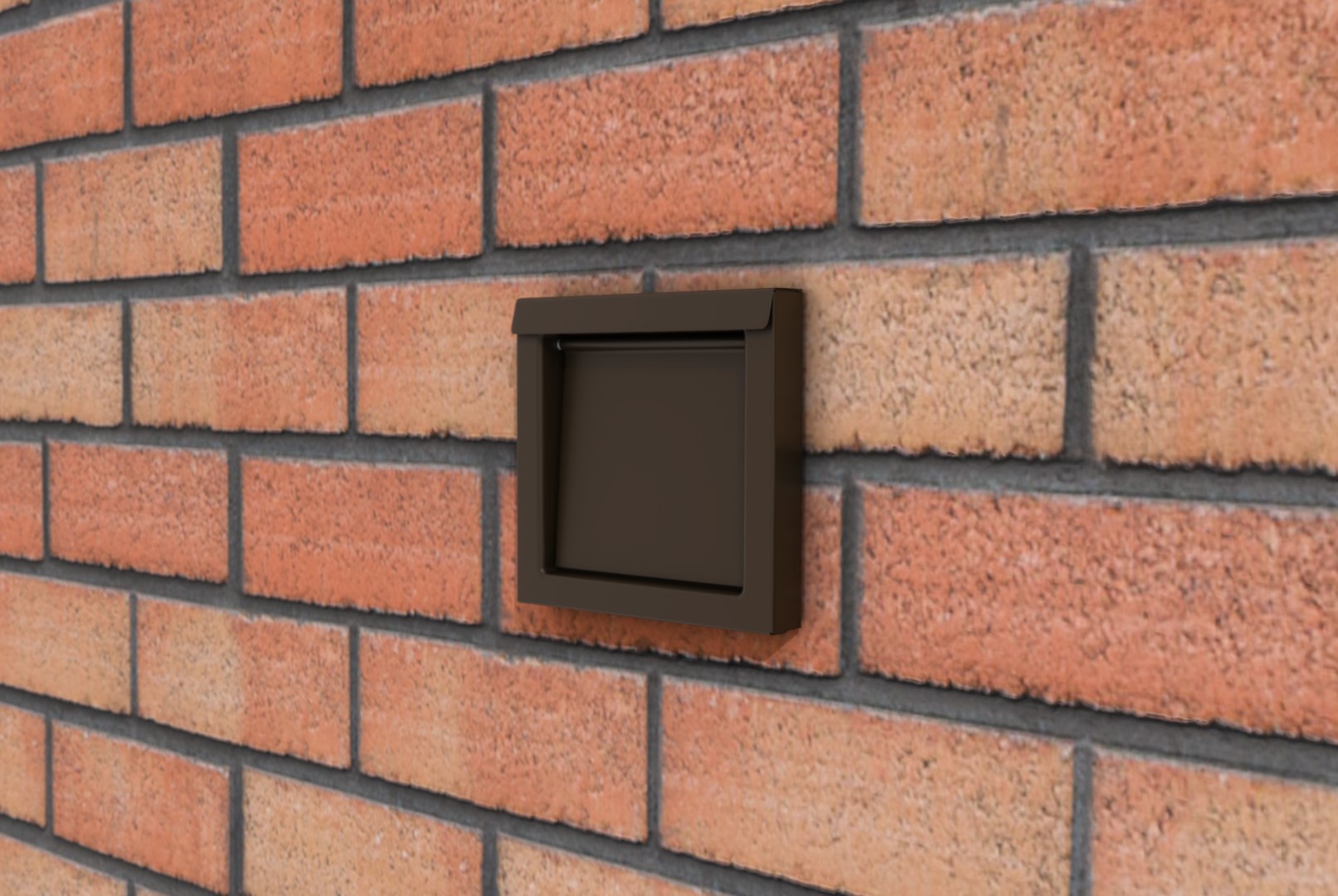
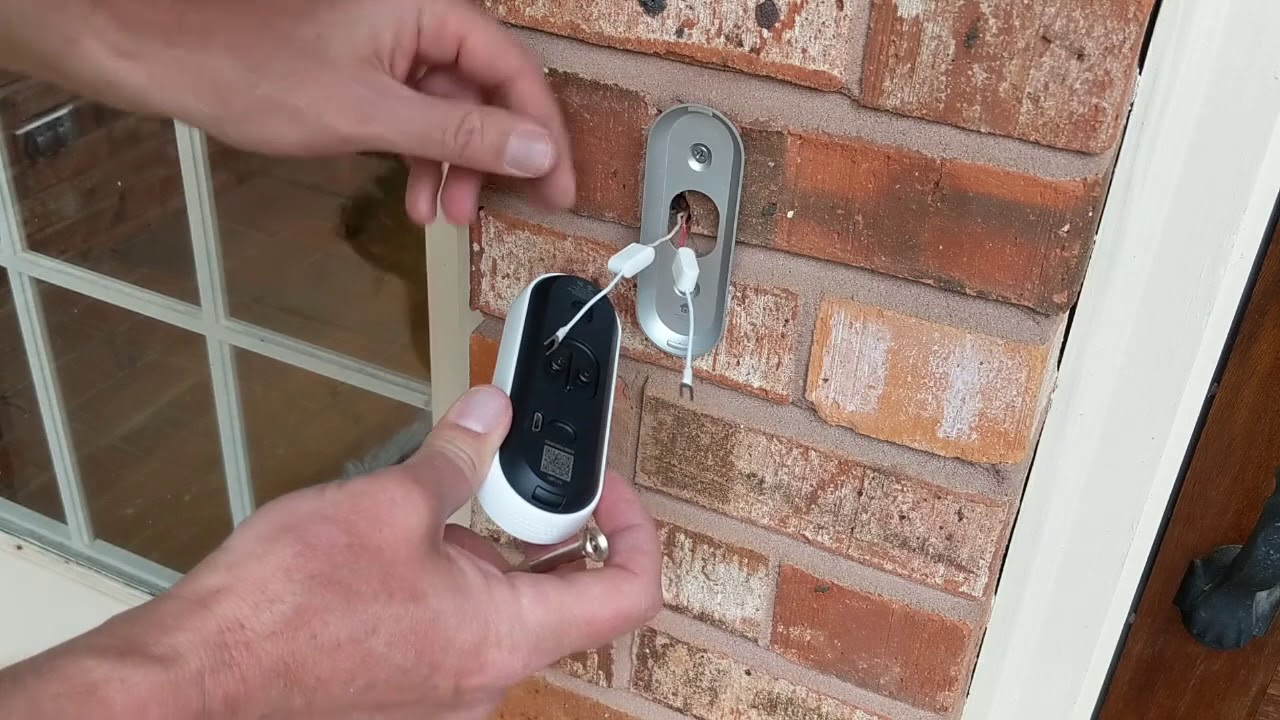

0 thoughts on “Water Coming Through Brick Wall When It Rains”